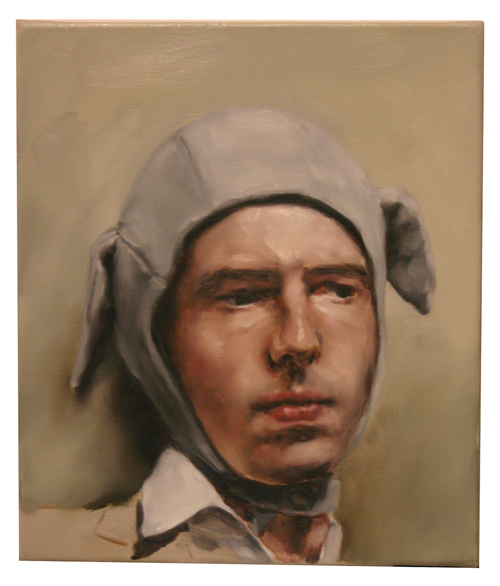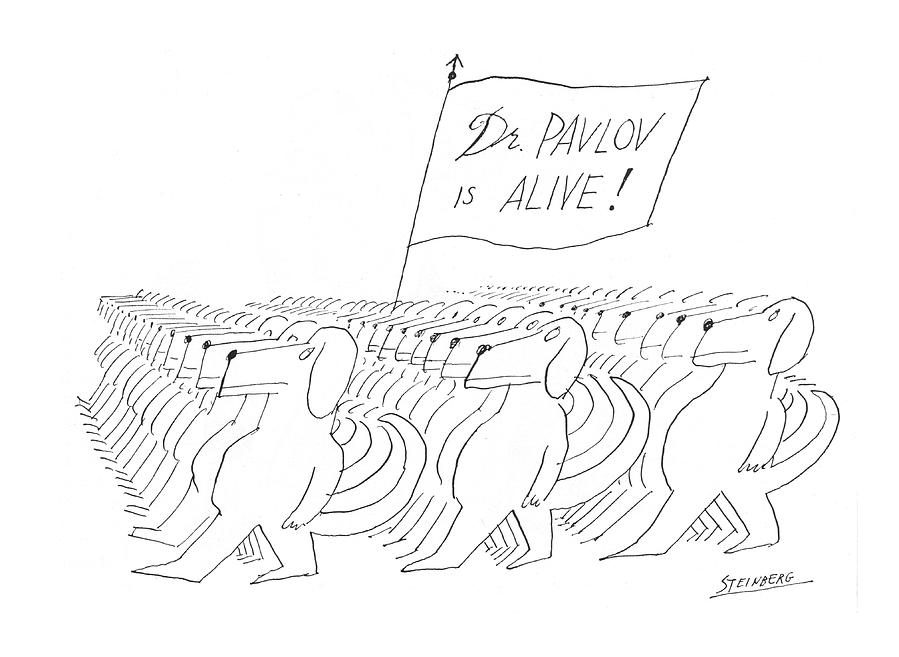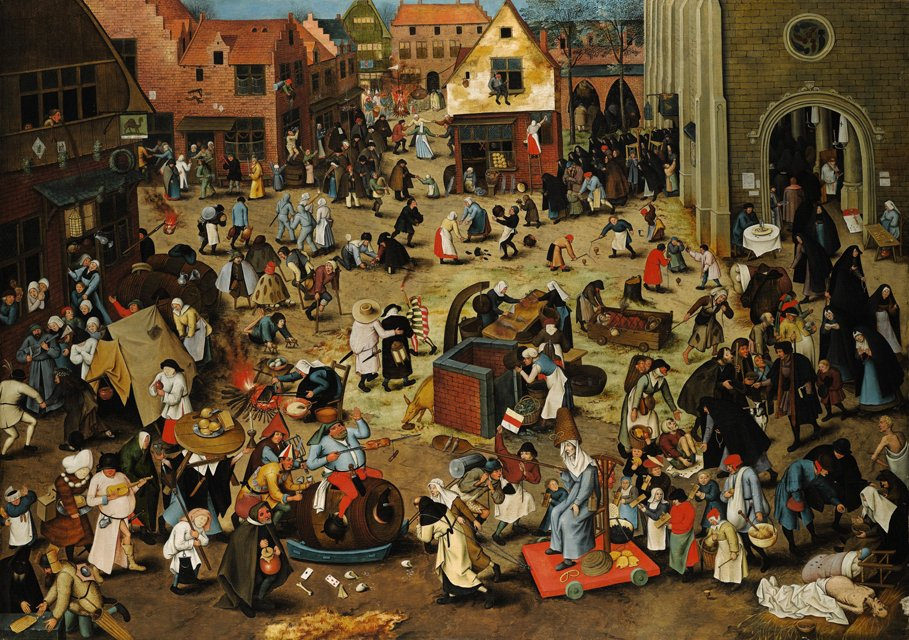
I’m probably more driven than you imagine. Which is why it was so healthy for me to get down on the floor the other day and get lost in some play with a simpler version of myself.
I use cut outs with different colors and patterns to make larger canvasses by moving them around and swapping them out. Think of building a quilt with a big dose of randomness so that something unexpected might begin to emerge from the associations you’re making.
If you’ve got enough cut-outs and the right unusual ones, the exercise is totally immersive. You forget where you are in the dexterity of moving these puzzle pieces around. And sometimes you end up with something that almost looks like art.
So it was serendipitous this week to stumble on an interview with a cartoonist (an artist, really), teacher and writer who’s made a career out of this kind of playfulness. I’ll introduce her properly in a minute. In the interview, she was saying something about her grad students (“These are people at the top of their games [with] this laser focus on getting one thing done” in their areas of study) and how much they need little kids to show them how to relax their relentless quests enough for insight and creativity. She was talking about how 3- and 4-year olds approach problem-solving in tactile, immersive and playful ways and how she regularly invites them into the classroom to play with her big kids.
[M]y students had to be on the floor with them working together. They had to try to get into their mind-set. It’s hard to explain, but it changes you. After you spend about 90 minutes with them, you just find that something has loosened up. You get away from that laser-focused, worrisome way of being.
When you’re an adult watching a kid playing with a little toy, you just think that kid’s doing that and there’s nothing else to it. But from the kid’s perspective that toy is playing with them. It’s interactive.” (I added the emphasis here.)
When the value of this mutual encounter penetrates, at least some of her grad students have a second option. Their scholarship is no longer just about the push to shape their field of study, get their book published and find tenure someplace. All of a sudden, their chosen field can be equally involved in pulling them into it and shaping them back, like that child’s toy.
By breaking some of the earnestness down, there’s finally enough freedom for some magic to happen.
This ever-present chance to be taken out of my driven self is one of the great things about having Wally around. There is nothing—nothing—that he wants to do more than play. When I get down on the floor with him and grab a ball he knows what’s coming, because he’s up on his hind legs dancing with delight and purring with expectation. The sad part, I realized after reading this interview, is that I don’t get down on the floor with him enough.
But between the cut-outs the other day and this chance interview encounter, I’m realizing that it’s irresponsible for me NOT to open that space on a regular basis. As this wise woman said, it’s not for everyone (like the chronically under-wired) so this kind of play won’t have:
saving qualities for people who don’t need it. It’s like, some people can’t digest milk, you know? But a lot of people can.

I don’t post on Instagram anymore, but I visit regularly and have been captivated by the short videos posted by a former Philly guy (and current New Yorker) who identifies himself as @TheDogist He wanders around the city in his shorts with his camera and whenever he sees an owner with her dog stops, asks if he can take the dog’s picture, interacts with it for a bit, and starts snapping or filming (actually, an invisible assistant does the filming).
His encounters are often magical—like getting down on the ground with a 3- or 4-year old. He has a way with dogs, a dog-oriented gift for gab, and a pocketful of treats at the ready to move each dog’s full attention onto this total surprise of a stranger. I’ve found that @TheDogist’s dog portraits and filmed interactions often perfectly capture their mutual delight.
The pictures of dog’s noses here also capture that curious and playful spirit, I think, which brings me back to Lynda Barry. The interview with her (it’s all great, by the way) appeared a few weeks ago in The New York Times Magazine. She’s best known for a weekly comic strip called Ernie Pook’s Comeek, which I never recall seeing in any of my newspapers. (Interestingly, it was first published in a student newspaper, without her knowledge, by fellow cartoonist Matt Groening, whom you may know from his Simpsons fame in later years.) When Barry’s not drawing, she’s teaching “interdisciplinary creativity” at the University of Wisconsin. It was also telling that she’s living not very far from the place where she was born and clearly belongs.
Over the years, Barry has written (and drawn) several books, including the award-winning, 2008 graphic novel “What It Is,” a hat trick of sorts that is part memoir, part collage and part workbook counseling readers on how to make a space for their own creativity. One of my favorite things about Barry is that she won a MacArthur Fellowship (the so-called genius grant) a couple of years ago, when she was already well into her sixties.
It would not be wrong to say that building playfulness into her life and work has given her access to a kind of fountain of youth.

These days, I treat my time on social media and streaming platforms like Netflix almost like a timed dessert. For example, I only look at Instagram when I’m close to falling asleep, and limit myself to the day’s postings from the few posters that I follow. I also try to take my “other screen diversions” in similarly pre-measured doses because I know they’re like sugar: something I crave but also know are less-than-deadly-for-me ONLY when consumed in small amounts.
YouTube, Twitter, IG. Screen diversions that are always waiting to take you away from reality are addictive: a kind of Mind Candy. These interfaces “know” you well enough to call to you and suck you in like play, but have little-to-none of play’s interactive and real-world upsides. Most of the time, all they are is an escape from reality, especially the reality of your own life and work.
Of course, Barry understands the difference between genuine play and the faux-playfulness of screen time as well as anyone, including in this parable of sorts, where she tells us:
I have I have a friend who’s a writer. No matter what we’re doing or whom he’s around, he’s on his phone. We were sitting out in a parking lot, and there was a guy who came out who was in this full orc costume with a shield. I thought, I’m not going to say anything. Let’s see if my friend looks up. The guy passed right by him and — it was outside a hotel — tried to get through a revolving door. There’s all this bump ba bump ba bump, and if my friend would have looked up, he would have seen an orc [fighting with the revolving door and then] go by! But he never looked up! Then later I told him, and he’s like, ‘That didn’t happen!’ [But] it totally did happen! So something that closes you off to the world that you’re in — I mean, I could be on TikTok all night long. I keep deleting that app because I love it so much. But something that takes you out of your environment, you pay a high price. You miss the orc.
As if she needs to, Barry drives home her point even further:
The main thing about the phone is that you’re no longer where you are. You’re no longer in the room. You’re no longer anywhere. The opportunities to have an interaction with the things [and the people] around you are taken away. I just see the world as richer without the phone.” (my emphases again)
Your alternative focus doesn’t have to be violence on the streets, Vladimir Putin, North Korea, girls cutting off their hair in Iran, babies starving in Pakistan, babies starving in the Horn of Africa, “disturbing images in this video,” rainforests being cut down, a politicized Supreme Court, mass shootings in our schools, smaller containers of coffee for the same price at the grocery store—because those things are only a small part of our daily realities and their din (because that’s what it is) can be escaped with equally small doses of social media time.
For the rest of our lives and our work, playful interaction with the world around us might be a whole lot healthier.

My favorite nose.
The picture of the dog up top was taken by one of the ”teachers” at our favorite day care center @phillydogschoolfairmount The second one is care of @odzi.and.elza, also on IG, and the third from the Dog School folks again on a particularly “nosy” day. I took the last one myself, this morning.
This post was adapted from my October 9, 2022 newsletter. Newsletters are delivered to subscribers’ in-boxes every Sunday morning, and sometimes I post the content from one of them here. You can subscribe (and not miss any of them) by leaving your email address in the column to the right.























